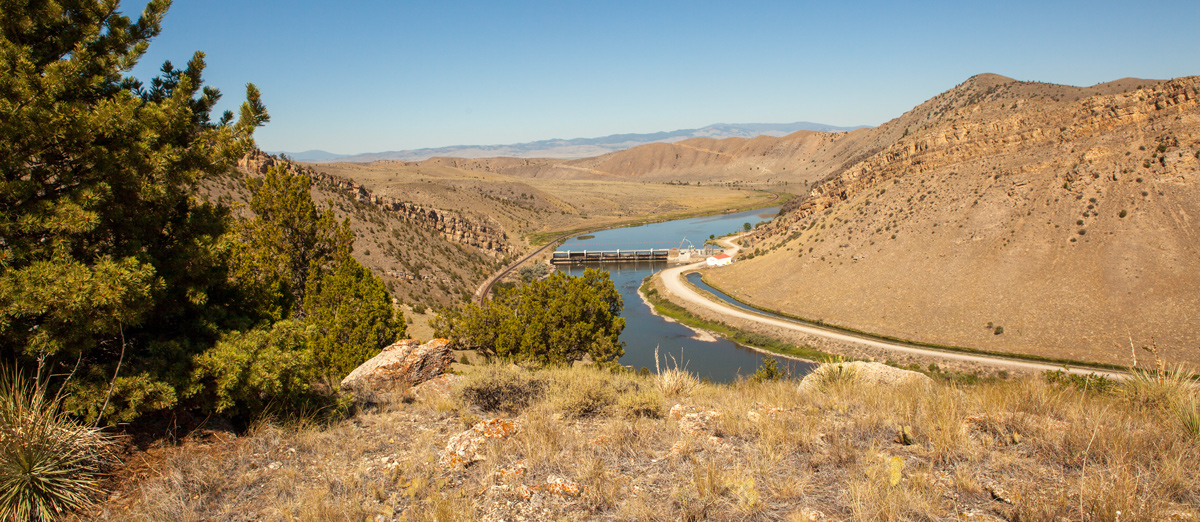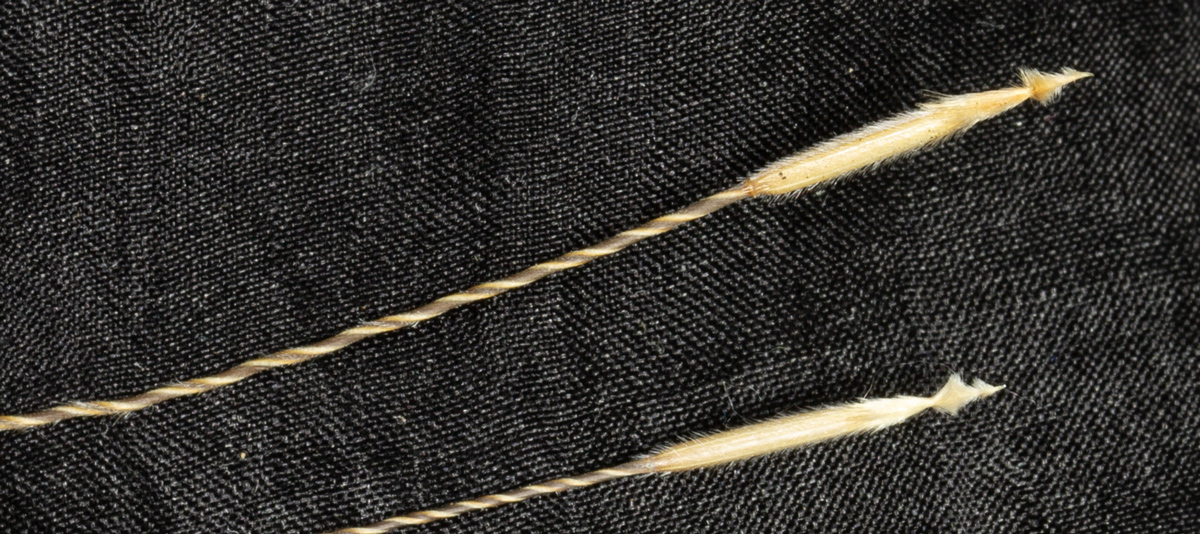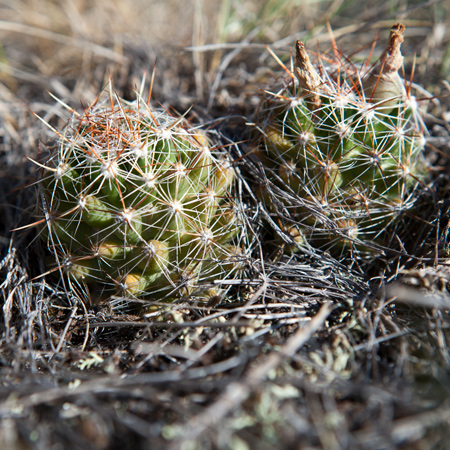Clark and two others climb a mountain to survey the Jefferson River. While crossing that river, Clark saves Charbonneau from drowning. Still on the Missouri, Lewis and the main party work the boats past “Howard” Creek where the main party suffers from barbed grass and prickly pears.
Captain Clark Fatigued
by Yellowstone Public Radio[1]Originally aired weekdays by Yellowstone Public Radio during the Bicentennial observance of 2003-2006. Narrated by Hal Hansen. Scripts by Whit Hansen and Ed Jacobson. Produced by Leni Holliman. © … Continue reading
Toston Dam
© 23 July 2013 by Kristopher K. Townsend. Permission to use granted under the Creative Commons Attribution-Share Alike 4.0 International license.
Howard’s (Sixteenmile) Creek
at the distance of 3¾ m. passed the entrance of a large Creek 15 yds. wide which discharges itself on Lard. near the center of a Lard. bend it is a bold runing stream this we called Howard’s Creek after Thomas P. Howard one of our party.
—Meriwether Lewis
Risky River Crossing
after a short respite he [Clark] resumed his march pass the North fork at a large island; here Charbono [Charbonneau] was very near being swept away by the current and cannot swim, Capt. C however risqued him and saved his life.
—Meriwether Lewis
Seaman’s Barbed Grass
these barbed grass seed penetrate our mockersons and leather legings and give us great pain untill they are removed. my poor dog [Seaman] suffers with them excessively, he is constantly binting and scratching himself as if in a rack of pain.
—Meriwether Lewis
Needle and Thread Grass
Stipa comata (Hesperostipa c.)
© 2014 by Kristopher K. Townsend. Permission to use granted under the Creative Commons Attribution-Share Alike 4.0 International license.
For scale, the black fabric in the background is finely woven silk.
Clark’s View of the Jefferson
we with great dificuelty & much fatigue reached the top at 11 oClock from the top of this mountain I could see the Course of the North fork about 10 miles meandering through a Vallie but Could discover no Indians or Sign which was fresh.
—William Clark
Clark Becomes Unwell
in the Mountain we Came to a Spring of excessive Cold water, which we drank reather freely of as we were almost famished; not with Standing the precautions of wetting my face, hands, & feet, I Soon felt the effects of the water. We Contind. thro a Deep Vallie without a Tree to Shade us Scorching with heat . . . . I was fatigued my feet with Several blisters & Stuck with prickley pears . . . . I felt my Self verry unwell
—William Clark
Yellow Pincushion Cactus
Pediocactus simpsonii
White Earth Recreation Area, Helena Valley, 23 July 2013. © by Kristopher K. Townsend. Permission to use granted under the Creative Commons Attribution-Share Alike 4.0 International license.
Yellow Pincushion Cactus
here is another species of the prickly pear of a globular form, composed of an assemblage of little conic leaves springing from a common root to which their small points are attached as a common center and the base of the cone forms the apex of the leaf which is garnished with a circular range of sharp thorns quite as stif and more keen than the more common species with the flat leaf, like the Cockeneal plant.
—Meriwether Lewis
Weather Diary
State of the thermometer at rise
Weather at rise
Wind at rise
State of the Thermometer at 4 P.M. Weather at 4 P.M. Wind at 4 P.M. State of the river 60 [above 0] fair S. W. 82 [above 0] cloudy after rain S W fallen ¾ in. —Meriwether Lewis[2]To assist the reader, the editor of this web page has omitted the date column, merged the “State of the river” columns, and spelled out some abbreviations.
Experience the Lewis and Clark Trail
The Lewis and Clark Trail Experience—our sister site at lewisandclark.travel—connects the world to people and places on the Lewis and Clark Trail.
Plan a trip related to July 26, 1805:

Notes
| ↑1 | Originally aired weekdays by Yellowstone Public Radio during the Bicentennial observance of 2003-2006. Narrated by Hal Hansen. Scripts by Whit Hansen and Ed Jacobson. Produced by Leni Holliman. © 2003 by Yellowstone Public Radio. |
|---|---|
| ↑2 | To assist the reader, the editor of this web page has omitted the date column, merged the “State of the river” columns, and spelled out some abbreviations. |



